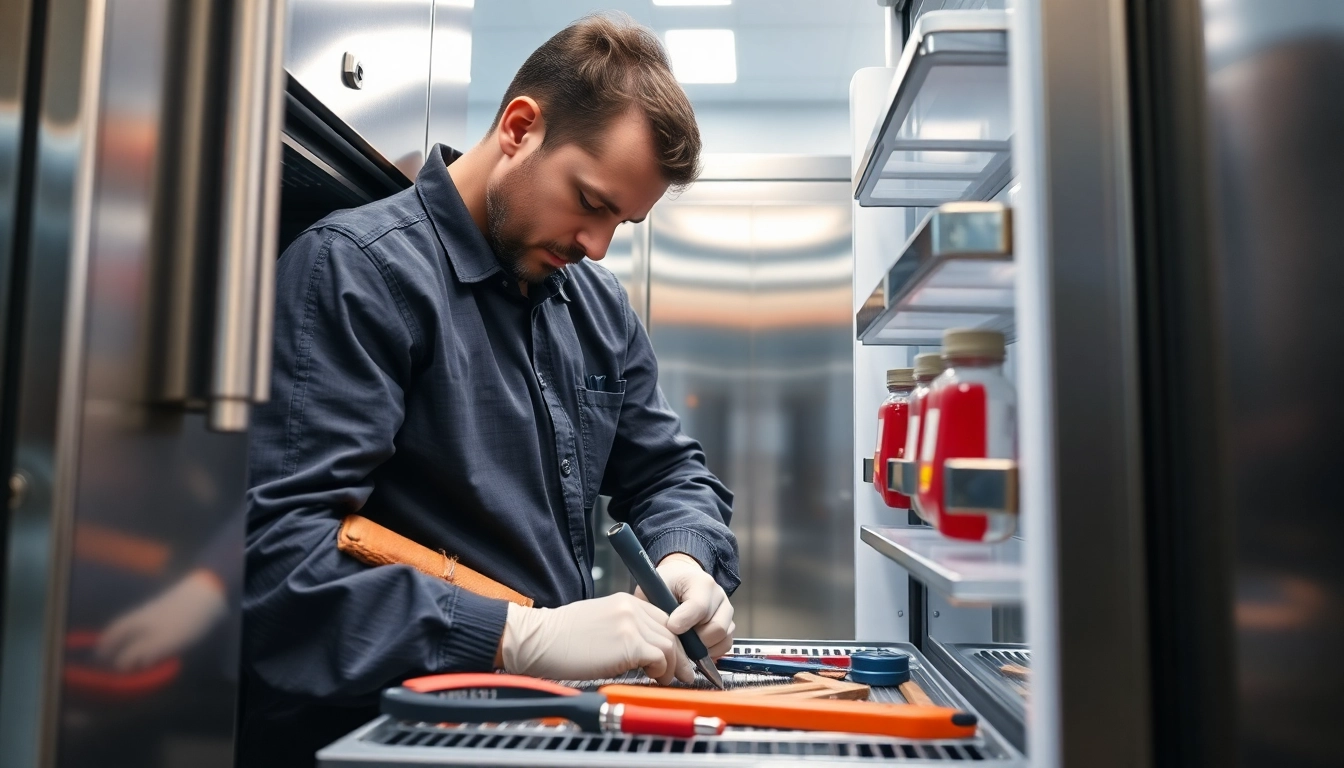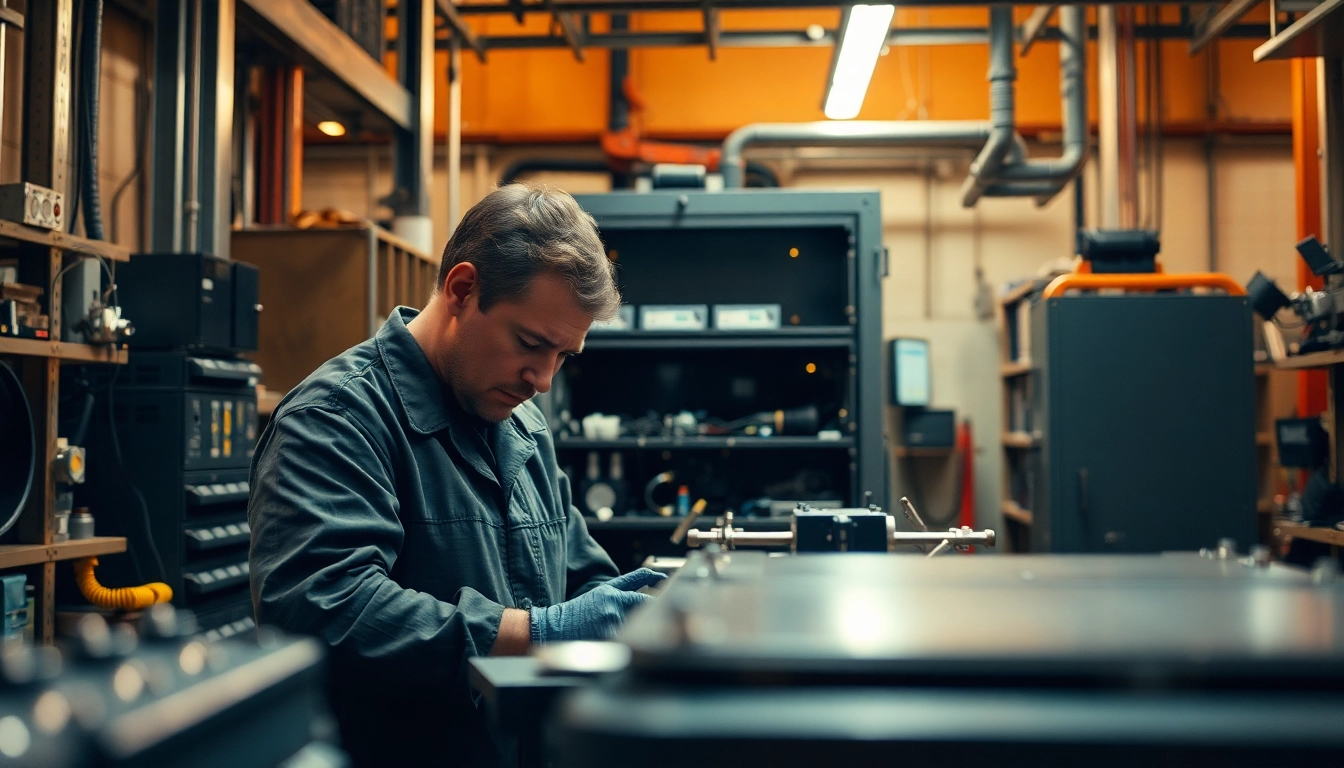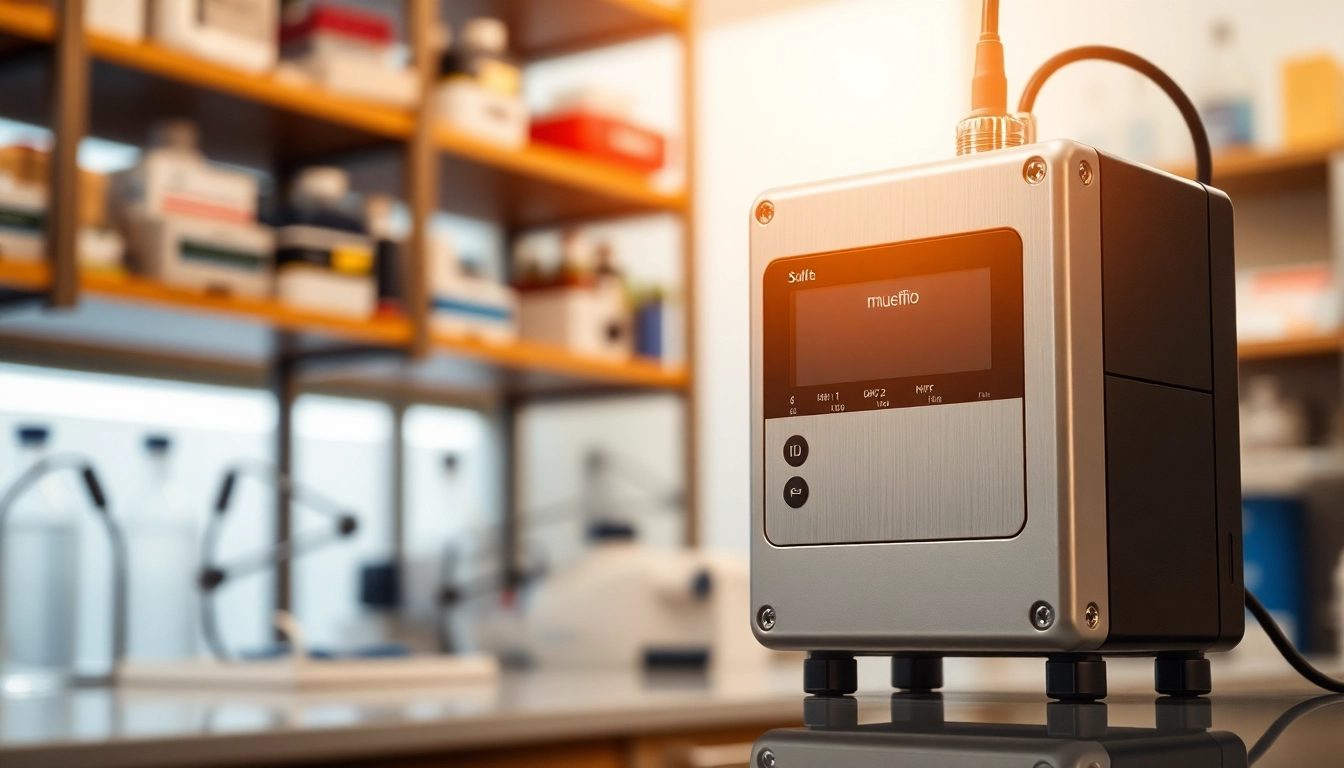Understanding Chef Bases and Their Functionality
What is a Chef Base?
A chef base is an essential piece of equipment in commercial kitchens, particularly designed for chefs who require both workspace and storage for perishable ingredients. This unit typically combines a sturdy surface for food preparation with refrigerated drawers or compartments underneath. The refrigerated section keeps ingredients such as vegetables, meats, and sauces at optimal temperatures, improving efficiency during food prep and service times. Chef base repair is crucial to ensure that these units function correctly and maintain the food safety standards of your kitchen.
Components of a Chef Base Refrigerator
Chef bases comprise several key components that contribute to their functionality:
- Refrigerated Compartments: These are designed for optimal cooling and often feature adjustable shelving. The temperature is crucial for preserving the quality of perishable items.
- Work Surface: Usually made from stainless steel, the work surface is durable and easy to clean, allowing chefs to prepare ingredients efficiently.
- Cooling System: The heart of the chef base, the cooling system maintains the required internal temperature. It includes a compressor, evaporator, and fan systems.
- Insulation: Effective insulation maintains cold temperatures, improves energy efficiency, and minimizes operational costs.
- Controls: Modern chef bases often feature digital controls for monitoring and adjusting the internal temperature, providing both simplicity and precision.
Common Issues With Chef Bases
Despite their utility, Chef bases are not immune to problems. Some common issues include:
- Temperature Inconsistencies: Often caused by malfunctioning thermostats or compressor issues.
- Physical Damage: Scratches or dents on the surfaces due to regular use can compromise sanitation.
- Electrical Failures: Problems with power supply or internal circuitry can lead to complete breakdowns.
- Insulation Problems: Deterioration can lead to energy inefficiencies and temperature fluctuation issues.
Signs Your Chef Base Needs Repair
Identifying Performance Declines
Every commercial kitchen relies on its equipment functioning at peak performance. If your chef base shows signs of decline, troubleshooting should begin immediately. Common signs include:
- Inconsistent temperatures within the refrigerated drawers
- Longer than usual cooling times
- Higher energy bills, indicating inefficiency
- Visible condensation inside the unit or on the work surface
Unusual Noises and Their Implications
If your chef base is making unusual noises such as clicking, buzzing, or grinding, it could indicate a malfunctioning component. For example:
- A clicking sound could signify issues with the compressor relay.
- Buzzing noises may indicate a failing fan motor.
- Grinding sounds can stem from worn-out bearings in the condenser fan.
Ignoring these signs may result in more severe damage and costly repairs down the line.
Temperature Fluctuations in Your Chef Base
Maintaining a consistent temperature is vital for food safety. If you notice temperature fluctuations, check the following:
- Thermostat settings – Ensure they haven’t been altered.
- Condenser coils – Dirty coils can reduce cooling efficiency.
- Door seals – Damaged seals allow warm air to enter, significantly impacting internal temperatures.
Basic Repair Techniques for Chef Bases
Tools Needed for Chef Base Repair
Before attempting any repairs, ensure you have the following tools:
- Screwdrivers (flat and Phillips)
- Needle-nose pliers
- Wrenches (for various nuts and bolts)
- Thermometer (to check internal temperatures)
- Cleaning brushes for condenser coils
- Vacuum (for debris removal)
Step-by-Step Guide to Common Repairs
Understanding the common repairs needed for chef bases can save you time and money. Here’s a basic approach:
Cleaning the Condenser Coils
- Unplug the unit for safety.
- Locate the condenser coils (usually at the back or bottom).
- Use a vacuum or a condenser cleaning brush to remove dust and debris.
- Reconnect the unit and check if cooling improves.
Replacing Door Seals
- Inspect the existing seal for signs of wear or damage.
- Remove the old seal carefully.
- Clean the surface where the new seal will adhere.
- Install the new seal and ensure it sticks properly.
Thermostat Adjustment
In cases of temperature issues, recalibrating the thermostat may be necessary:
- Locate the thermostat inside the unit.
- Use a thermometer to check the actual temperature against the thermostat setting.
- If readings are off, re-calibrate per manufacturer instructions.
When to Call a Professional for Chef Base Repair
While many repairs can be undertaken with basic tools, some situations require professional intervention, including:
- Electrical issues or complete power failure
- Compressor replacements
- Refrigeration system leaks
- Structural damage to critical components
For complex issues, it’s advisable to engage qualified technicians who can ensure optimal service and compliance with industry regulations.
Maintaining Your Chef Base for Longevity
Regular Cleaning and Maintenance Checklist
To prolong the lifespan of your chef base and ensure it operates effectively, adhere to a maintenance routine that includes:
- Cleaning the interior and exterior surfaces regularly.
- Checking the state of door seals and replacing them as needed.
- Cleaning condenser coils at least twice a year.
- Monitoring temperatures with a reliable thermometer.
- Scheduling professional maintenance annually to identify potential issues early.
Best Practices for Temperature Control
Ensuring your chef base maintains optimal temperatures is crucial for food safety and efficiency. Here are some best practices:
- Avoid overloading the drawers to ensure proper airflow.
- Keep the unit away from heat sources such as ovens and fryers.
- Check temperature settings regularly and adjust as necessary.
- Utilize a thermometer to verify that the internal temperatures remain within safe thresholds.
Importance of Routine Inspections and Servicing
Routine inspections involve checking for physical wear and tear, ensuring that all components are functioning as they should. Regular servicing can help:
- Identify potential issues before they escalate into significant repairs.
- Maintain optimal operational efficiency, resulting in lower energy bills.
- Ensure compliance with health and safety regulations.
Where to Find Replacement Parts for Chef Base Repair
Top Suppliers for Chef Base Parts
Finding quality replacement parts is essential for effective repairs. Recommended suppliers include:
- Parts Town: Known for a wide selection of chef base refrigerator parts, including compressors, seals, and wiring.
- WebstaurantStore: Offers various commercial kitchen parts competitively priced for the restaurant industry.
- Migali Industries: A leading provider of parts specifically designed for their chef base models.
Understanding Warranty and Service Options
Before purchasing repairs, it’s crucial to check the warranty status of your unit. Understanding what is covered under warranty can save you from unexpected costs. Typically, warranties cover:
- Manufacturer defects, including major components like compressors and motors.
- Specific time frames for parts and repairs.
- Service options, including in-home repairs for larger units.
DIY Repair Kits vs. Professional Assistance
When contemplating repairs, you may face the decision of using a DIY kit or hiring a professional:
- DIY Repair Kits: These kits often contain essential tools and instructions for common repairs. They are cost-effective and ideal for minor issues.
- Professional Assistance: While it may be pricier, professionals ensure that repairs are executed accurately and safely, minimizing risks associated with electrical or refrigeration work.


